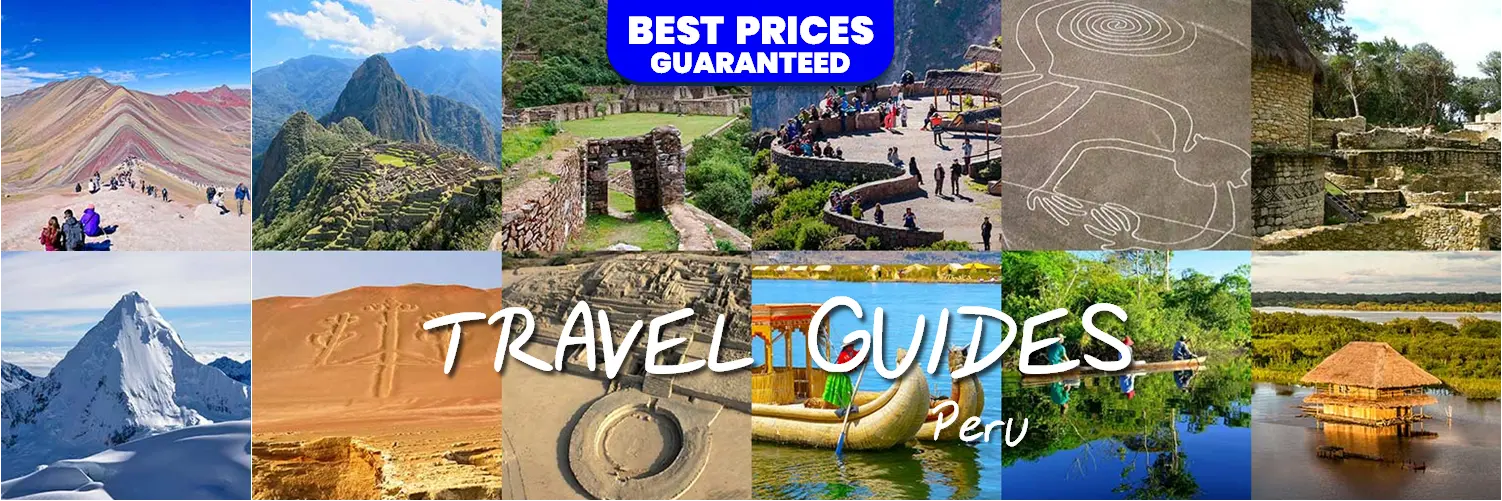
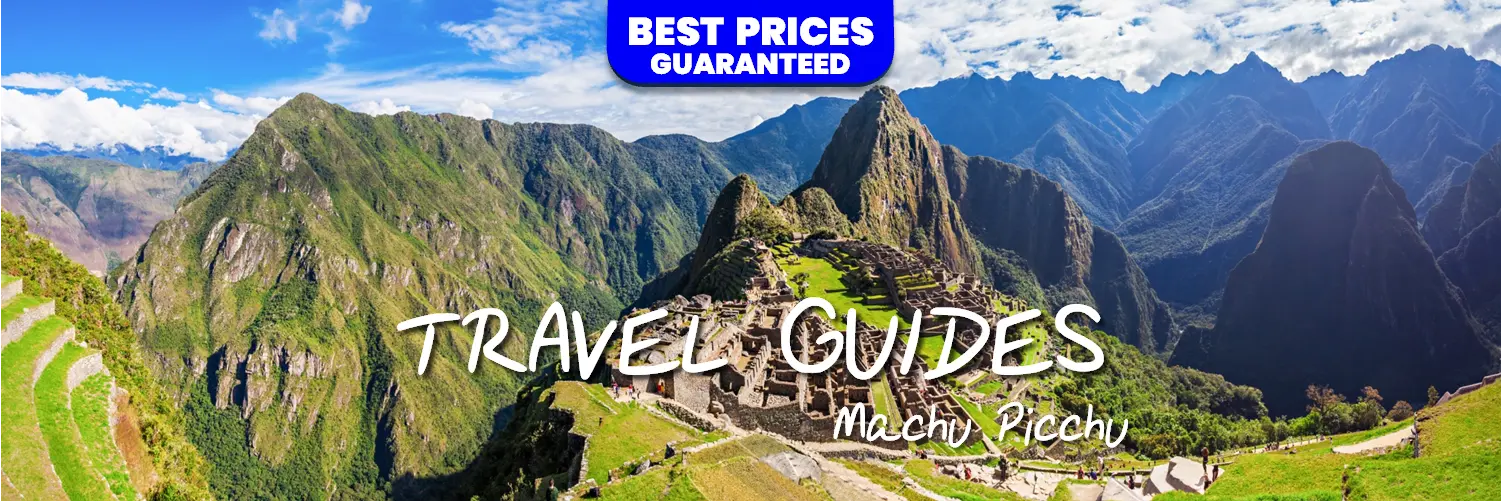
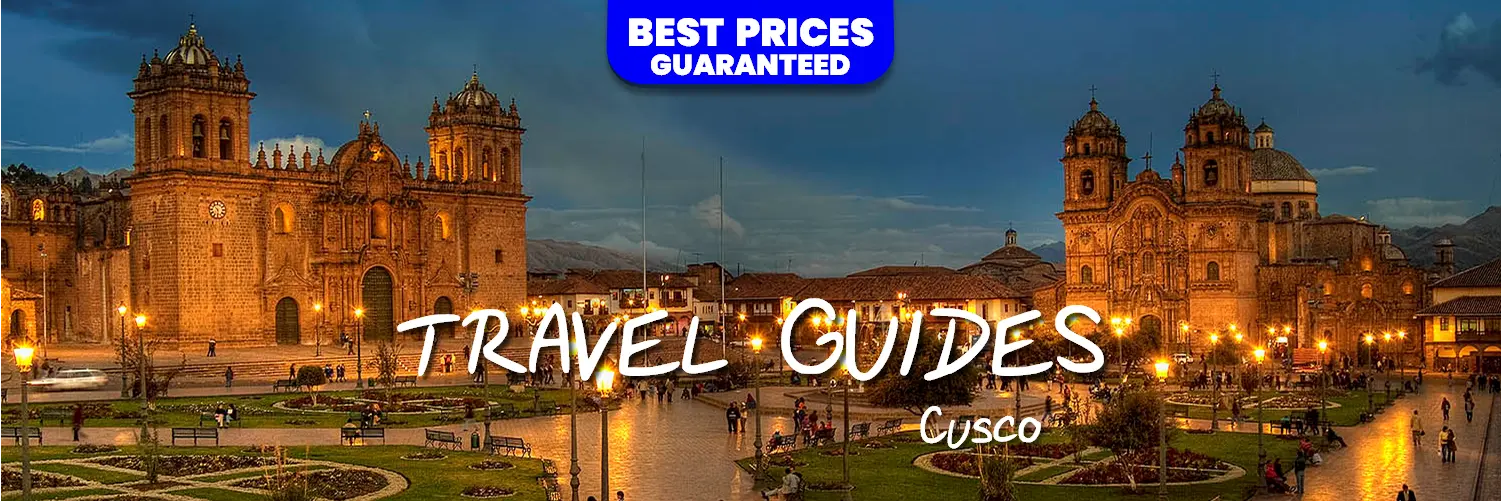
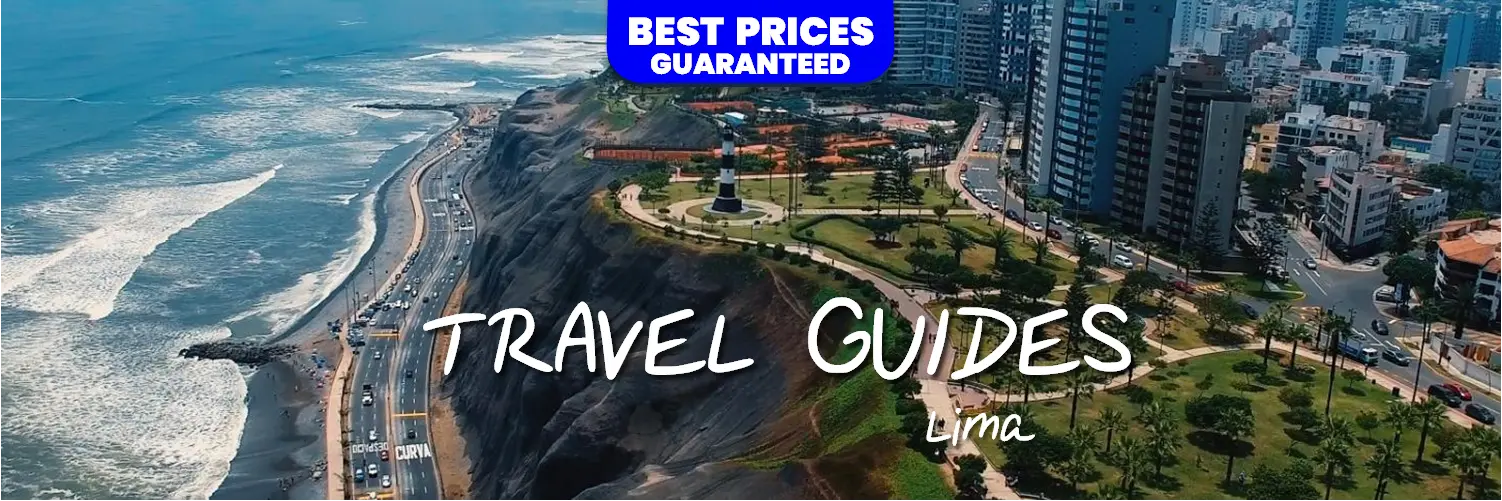
When to go, how much to budget, and where to stay in Peru — real backpacker tips on hostels, routes, Machu Picchu, and local life.
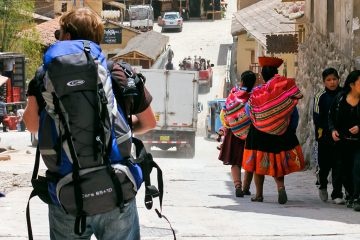
Peru is a country you can enjoy all year long, but the weather changes drastically between the coast, the Andes, and the jungle. If you’re heading to Cusco and Machu Picchu, the sweet spot is May to September, when skies are clear and rain is rare. It’s winter in the Andes, which means cool days and perfect trekking conditions.
If you’re chasing sun and beach vibes, December to March is Lima’s summer. Expect hot days, packed beaches, and buzzing nightlife around Miraflores and Barranco. The jungle stays humid year-round but gets heavier rain from January to April.
April and October sit nicely in-between—fewer crowds, lower prices, and good weather overall. Machu Picchu is open year-round (only the Inca Trail closes in February for maintenance).
For a month-by-month breakdown and more tips, check the Backpacker Guide to Peru.

Most travelers from the Americas, Europe, and Oceania don’t need a visa for short tourist stays in Peru. You can usually stay up to 90 days, and all you need is a passport valid for at least six months.
Citizens of Mercosur countries (like Brazil, Chile, or Argentina) can even enter using their national ID. If you’re from a country that does require a visa—like Cuba or Haiti—apply ahead of time at a Peruvian consulate.
Since 2024, Peru also asks visitors to fill out a quick online travel declaration before arrival (takes just a few minutes on your phone). You can see the updated visa-free list on Peru Ways.
For other pre-trip essentials, browse the FAQ section of Pariwana Hostels, where we answer common questions about reservations, tours, and travel documents.
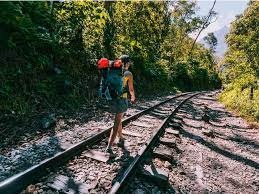
Yes—and you’ll never really be alone. Thousands of backpackers travel across Peru every year and most experiences are positive. Cities like Lima, Cusco, and Arequipa are built around tourism, with solid infrastructure, reliable transport, and friendly hostels such as Pariwana Cusco Hostel right in the heart of the city.
Use basic common sense: avoid flashing valuables, use ride-share apps or trusted taxi companies, and keep your stuff locked up. If you plan to hike remote areas, go with a group or certified guide.
Peruvians are used to welcoming travelers and the hostel community is super open—most friendships start over breakfast or a beer on a rooftop bar. For up-to-date travel safety advice, you can check the UK Travel Advisory or the U.S. State Department’s page on Peru.
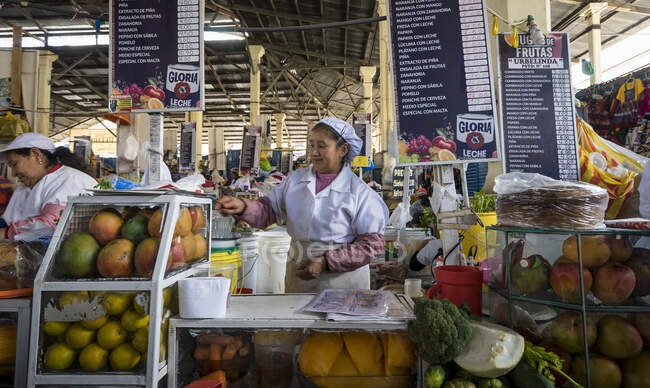
Peru is still one of the most affordable countries in South America. A daily budget of $30 to $50 USD covers dorms, meals, and transport comfortably.
Accommodation: Dorm beds from $10–15 USD per night.
Food: Local set menus from $2–3 USD; restaurant meals around $8–12 USD.
Transport: Intercity buses range from $10 to $50 USD depending on distance and comfort level.
Attractions: Machu Picchu tickets about $45 USD; most museums $2–8 USD.
If you cook at the hostel, share taxis, and join free tours, your costs drop fast. Cash is handy for small purchases, but ATMs and digital payments are everywhere in Lima and Cusco.
For more money-saving tips, read How to Travel Peru on a Budget – Backpacker Guide 2025, published on Pariwana’s official blog.
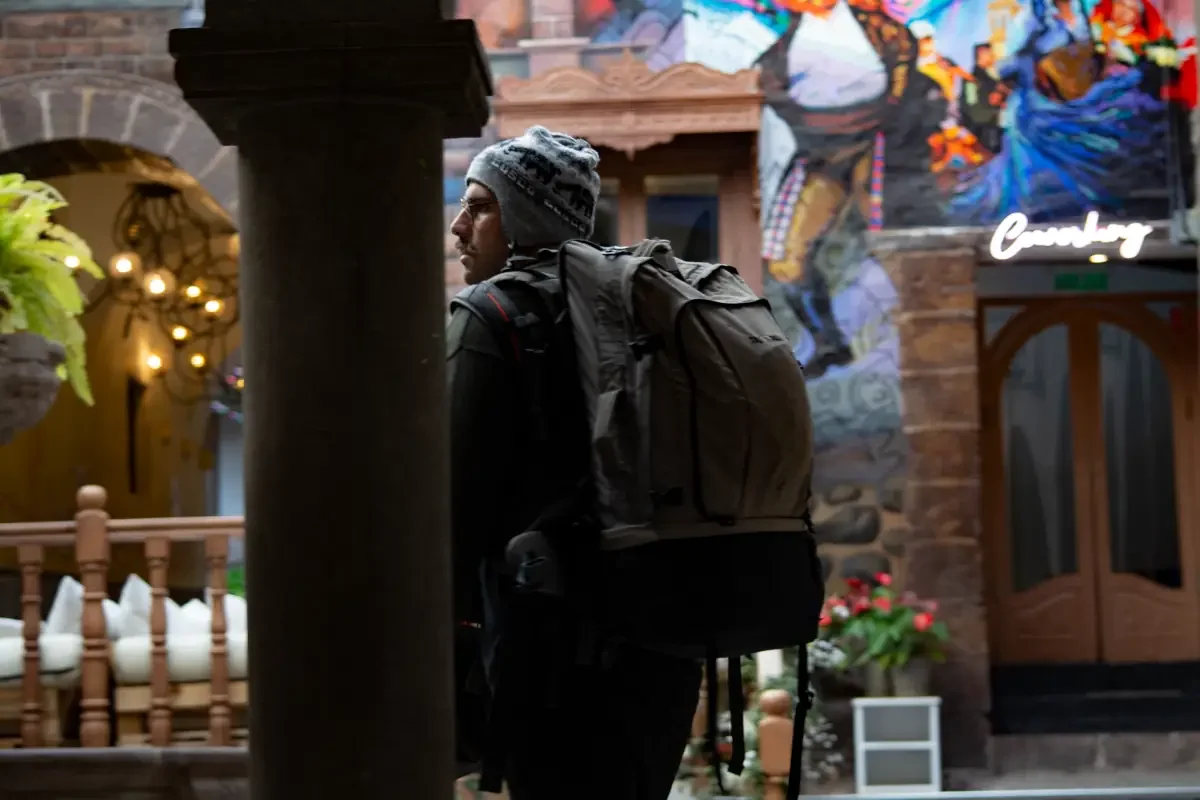
With two weeks, you can cover a mix of desert, mountains, and Inca culture. Here’s a classic backpacker loop:
Days 1–2:Lima – arrival, street food, Barranco sunsets.
Day 3:Paracas (Islas Ballestas) and Huacachina (oasis sandboarding).
Days 4–6:Arequipa and the Colca Canyon.
Days 7–10:Cusco, Sacsayhuamán and the Sacred Valley.
Days 11–13:Machu Picchu (via Aguas Calientes).
Days 14–15: Return to Lima or continue to the Amazon region around Puerto Maldonado.
Night buses save money and time, and routes are safe and popular with travelers. For a detailed look at each stop, check the Backpacker Guide to Cusco 2025, which includes tips for connecting the Sacred Valley with Machu Picchu.
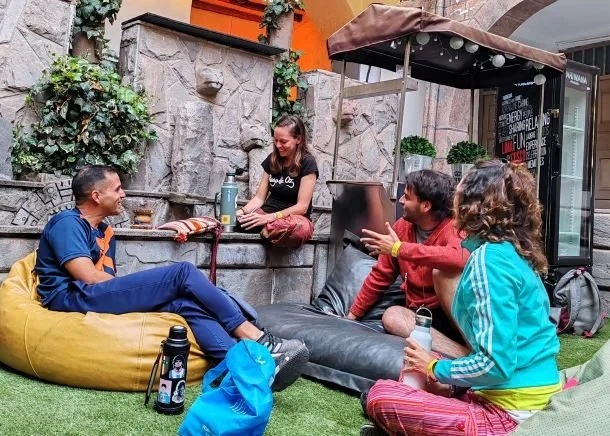
It really depends on the kind of trip you want, but for young travelers on a budget (and anyone who loves meeting people), hostels are hands down the best option.
In cities like Lima and Cusco, you’ll find dozens of stylish, clean, social hostels — and a few standouts like Pariwana Lima Hostel and Pariwana Cusco Hostel, both famous for their fun energy and perfect locations.
A good hostel is more than a cheap bed — it’s a community. You’ll find shared dinners, salsa lessons, city tours, coworking areas, and themed nights. The stories, travel tips, and random friendships you make in hostel kitchens or rooftops are the heart of the backpacking experience.
If you prefer a bit more privacy, most hostels offer private rooms with ensuite bathrooms while keeping the social vibe alive. Airbnb works best for longer stays or small groups, but you’ll probably miss the spontaneous hostel atmosphere.
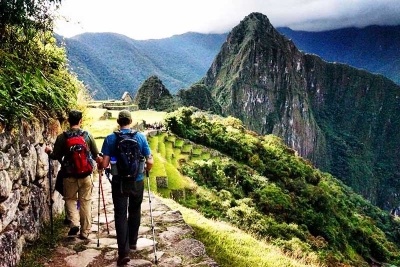
Absolutely. Machu Picchu tickets sell out fast, especially during high season (June–September). Each ticket has a limited daily quota, so once you know your dates, lock it in.
Entrance tickets are divided by routes and time slots (morning or afternoon). If you plan to climb Huayna Picchu or Machu Picchu Mountain, book even earlier — spots are few, and the views are unforgettable.
Trains from Cusco or Ollantaytambo also fill up quickly. On a tighter budget? Go for the Hydroelectric route, which mixes bus and hiking for a cheaper adventure.
Only buy tickets from official sites to avoid scams — the Ministry of Culture’s official page is the safest way. For route ideas and extra tips, check the Backpacker Guide to Machu Picchu & Sacred Valley.
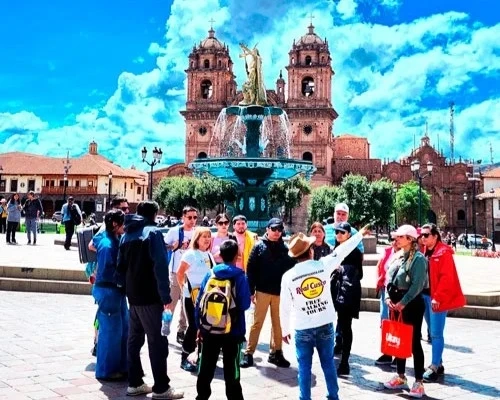
Definitely. Most major cities have free walking tours where you pay only what you think the guide deserves. Lima, Cusco, and Arequipa run several tours daily, usually led by young locals who mix culture with great humor.
If you want something more structured, look for reliable agencies with clear pricing and verified guides. Pariwana’s travel partner, Tourpit, offers budget-friendly day trips and package deals for backpackers — all curated for safe and social travel.
Beyond the usual tours, keep an eye out for local experiences: street food tastings, museum nights, festivals, or hostel-run events like cooking classes and pisco tastings. If you’re staying at Pariwana, the reception team always knows what’s happening that week — often with discounts for guests.
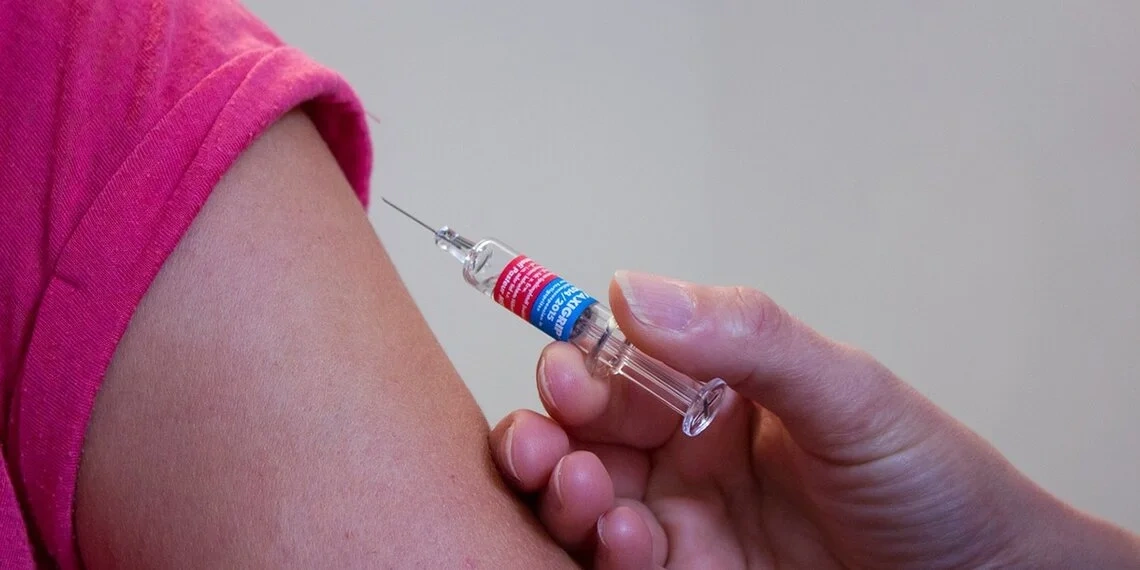
There are no mandatory vaccines to enter Peru, but a few are smart to have. The yellow fever vaccine is recommended if you plan to visit the jungle (Iquitos, Puerto Maldonado, or Pucallpa). It’s also good to be up-to-date on tetanus, hepatitis A and B, and typhoid, especially if you’ll be volunteering or staying long term.
Bring insect repellent, sunscreen, and a small first aid kit. Tap water isn’t safe to drink, so stick to bottled or boiled water. Pharmacies and clinics are easy to find in big cities, and most are used to treating travelers.
For health guidance, check the official CDC Traveler’s Health page.
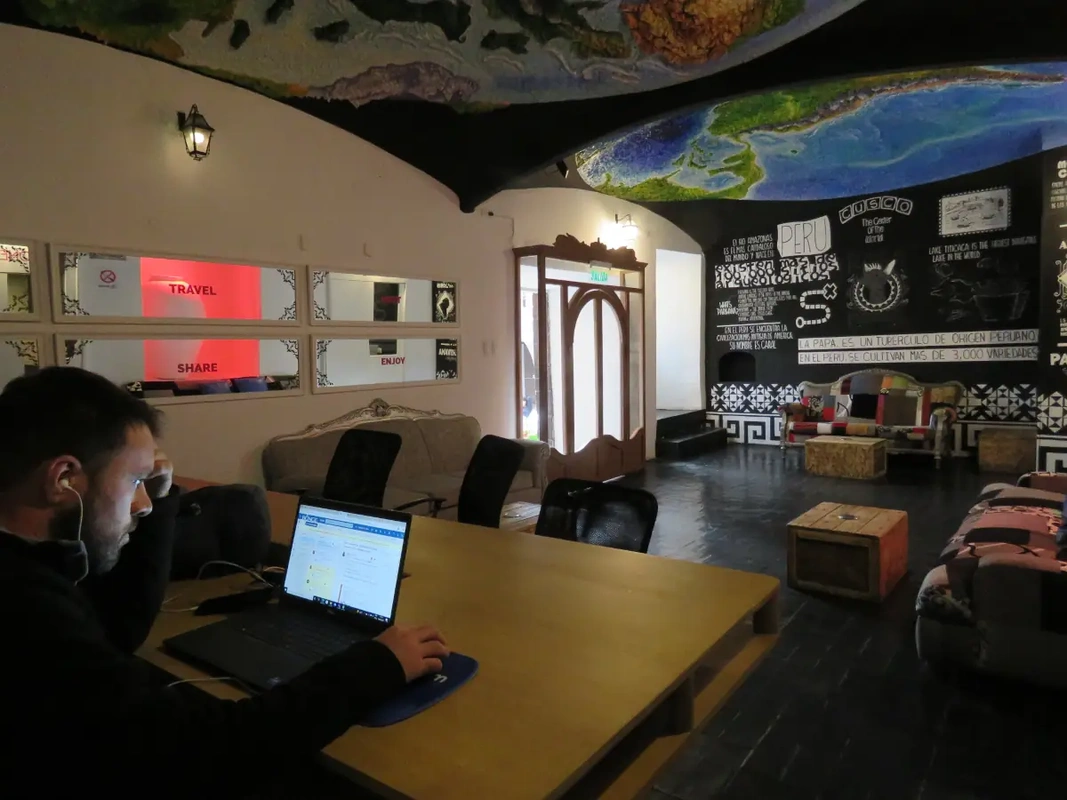
Yes — Peru’s internet is solid in major tourist areas. In Lima and Cusco, you’ll find free Wi-Fi in cafés, restaurants, and most hostels. Many backpackers grab local SIM cards from Claro, Movistar, Entel, or Bitel, which sell cheap data plans that work across the country.
At Pariwana Lima Hostel, you can even buy SIMs and eSIMs directly at the reception for a fair price, saving you the hassle of hunting for a phone store after landing. Both Pariwana locations have coworking areas perfect for digital nomads or anyone catching up on remote work.
In small towns or trekking areas, expect slower connections — download maps and documents offline before heading out.
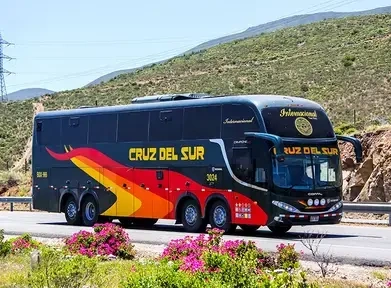
Peru’s bus network is massive and perfect for backpackers. Long-distance companies like Cruz del Sur, Peru Hop, and Oltursa connect nearly every destination safely and cheaply. Expect to pay $20–50 USD for routes such as Lima → Arequipa or Cusco → Puno, depending on seat type and comfort.
Night buses are a backpacker classic — you save a hostel night and wake up somewhere new. For shorter hops, colectivos (shared taxis) and public minibuses are the cheapest way to move between towns.
In Lima, public transport can be chaotic but works fine once you get the hang of it. Apps like Uber, Beat or InDriver are reliable for quick rides.
For detailed route tips and safe connections, check the Backpacker Guide to Peru; it breaks down land, air and train options between major backpacker stops.
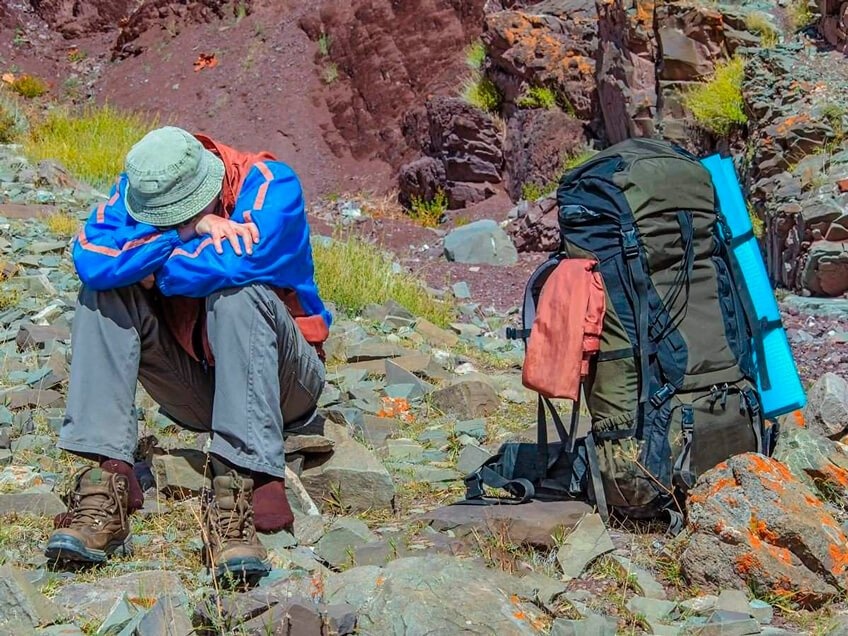
Altitude sickness (or “soroche”) can hit anyone who climbs fast to 3,300 m / 10,800 ft. Take it slow for the first couple of days, drink plenty of water, skip alcohol, and try coca tea — you’ll find it everywhere, especially at hostels like Pariwana Cusco Hostel.
If you’re sensitive, ask pharmacies for Sorojchi Pills or similar medication. A smart move is to stop first in Arequipa or the Sacred Valley to help your body adjust before exploring Cusco or Machu Picchu.
Most travelers feel fine after a couple days — and having a comfy common area with hot tea and chill vibes at your hostel helps a lot.
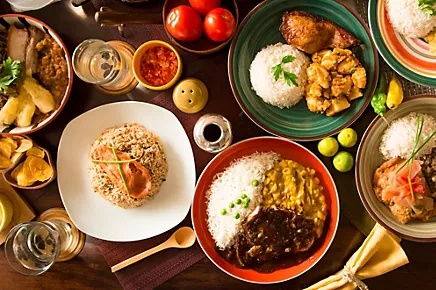
Peru is a foodie paradise — and eating well here doesn’t break the bank. Start with ceviche, the country’s rock-star dish. Then go for lomo saltado, ají de gallina, and papa a la huancaína. Street food like anticuchos or tamales is cheap and delicious too.
At local markets you’ll find set menus for S/10 (≈ $2.50 USD), while trendier restaurants run $8–15 USD. In Lima, don’t miss Barranco and Miraflores for modern fusion eats; in Cusco, hit the San Pedro Market for local flavor.
Some hostels — like Pariwana Lima — host cooking nights where guests learn to make Peruvian dishes and share dinner together. Want a quick culinary intro? Check Peruvian Cuisine: 7 Must-Try Dishes for Every Traveler on Pariwana’s blog.
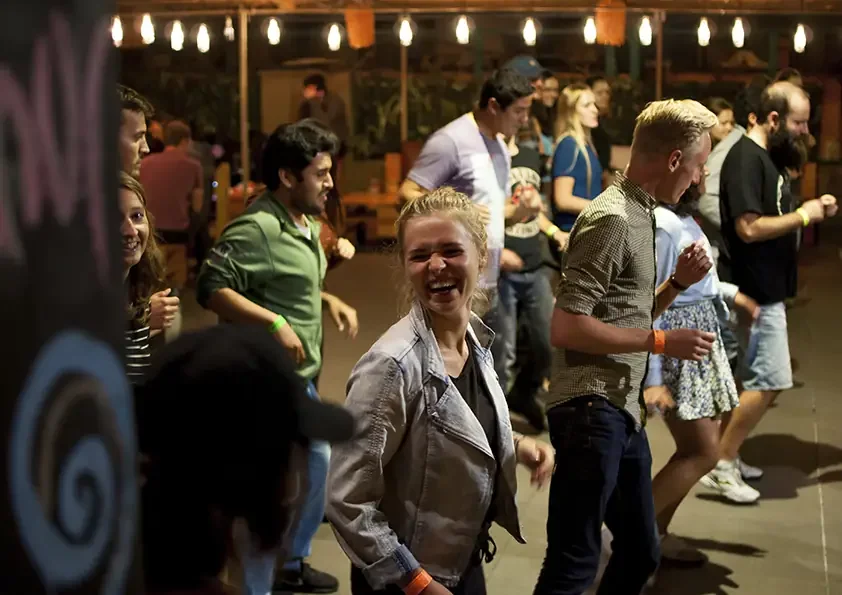
Lively — every night of the week. Lima, Cusco and Arequipa are packed with bars, live music, and rooftop parties. In Miraflores and Barranco, you’ll find pubs playing everything from reggaeton to indie rock.
Cusco’s scene is legendary. Every night there’s something going on — karaoke, beer pong, Latin dance nights, and theme parties at social hostels like Pariwana Cusco and Pariwana Lima. Both publish their weekly party calendar on their activity lineups.
If you prefer something mellower, there are bars with Andean folk music and craft beer spots with bonfires. Everything’s close to the city center, so you can bar-hop on foot.

Peru’s social energy is perfect for solo travelers. Start at the hostel — grab a beer on the terrace at Pariwana Lima or join a drinking game at Pariwana Cusco. Within minutes you’ll have new friends and plans for the next day.
Join free walking tours, cooking classes, or day trips with Tourpit, Pariwana’s official travel partner, which connects backpackers with local guides. If you’re staying longer, ask about volunteer programs — many hostels offer free accommodation in exchange for a few hours of help each day.
Want to expand your circle? Try apps like Couchsurfing, Meetup, or Facebook groups for travelers in Peru. With so many backpackers around, it’s hard not to make friends.